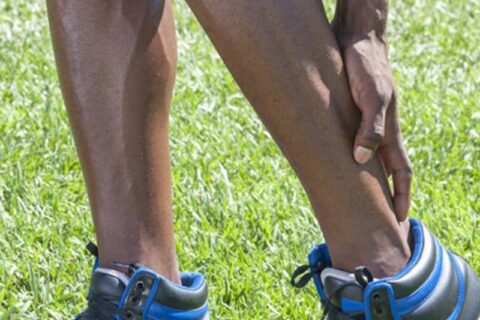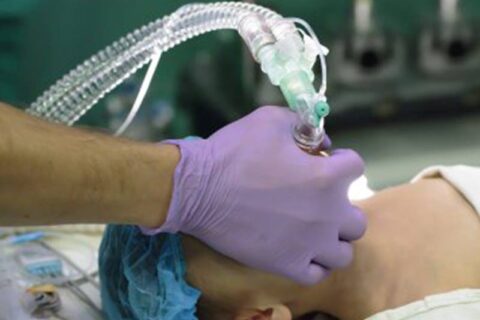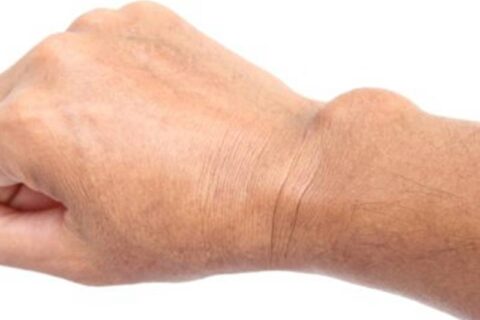Category: Rheumatoid Arthritis
If you’re experiencing heel or foot pain in Sugar Land, then your podiatrist may inform you that you’re suffering from Achilles tendinitis or…
If you undergo foot surgery, you will receive anesthesia for your comfort and manage your pain. The type of anesthesia you receive depends on the…
Ganglion cysts are masses of tissue that contain a gelatinous substance and appear like a knot below the surface of the skin. They are the most…
Arthritis is a chronic disorder that can affect any joint in the body, including feet and ankles. The majority of people who are diagnosed with…


